One of the highlights of our week in Tasmania was visiting Port Arthur.
One of Australia’s most significant heritage sites, Port Arthur is a former convict settlement. It’s gloomy, tragic, and sad. It also happens to be picturesque and hauntingly beautiful. It is Tasmania’s top tourist attraction.
Although it began as a timber station, from 1833 until 1853, Port Arthur was the destination for the most hardened of British and Irish criminals. These men were secondary offenders who had re-offended after already having been transported to Australia.
Upon admission, you are given a playing card from a special deck of cards designed for Port Arthur. Each card represents a convict and, as you learn about “transportation” and life at Port Arthur, you learn about your convict. Mine was Thomas Fleet, 33, a groom (a person responsible for the care of horses) who was sentenced to life deportation for stealing a horse. He tried to escape with other convicts, but they were caught, and punished with a flogging. After he struck his overseer with an axe, he was found guilty of attempted murder and executed in Hobart.
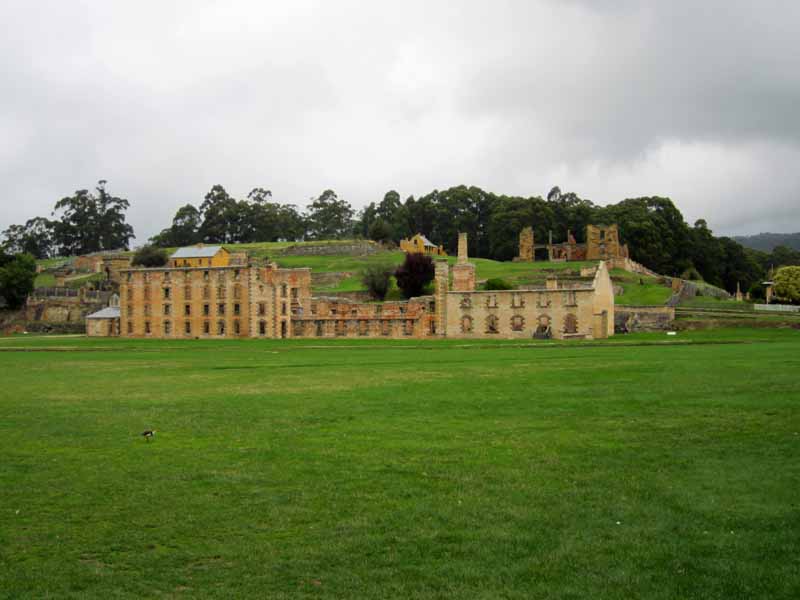
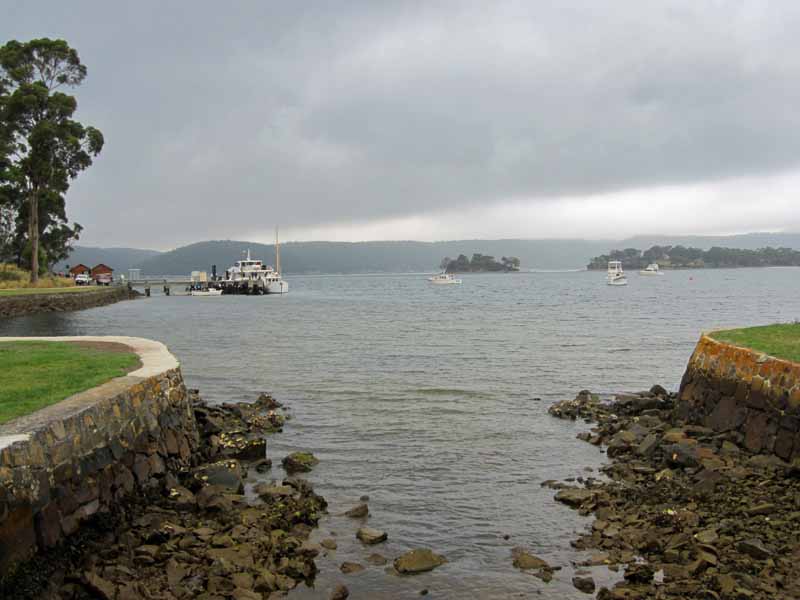
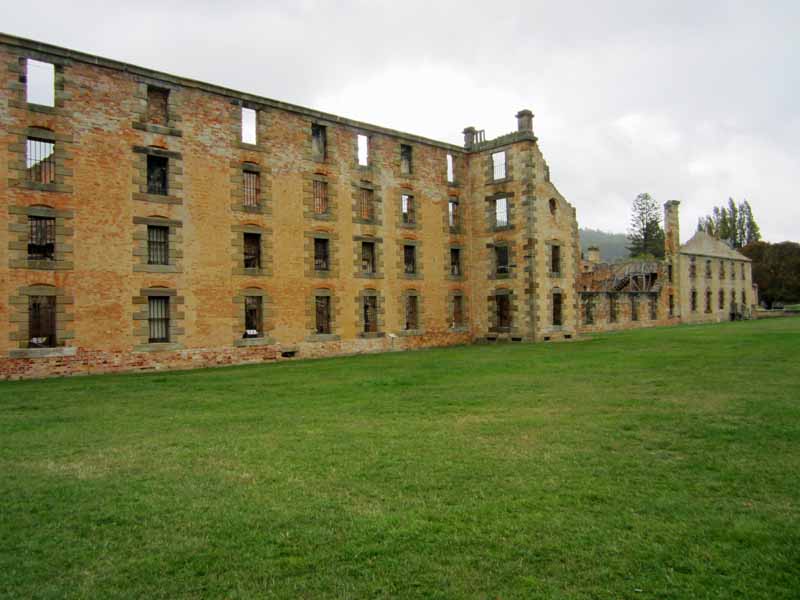
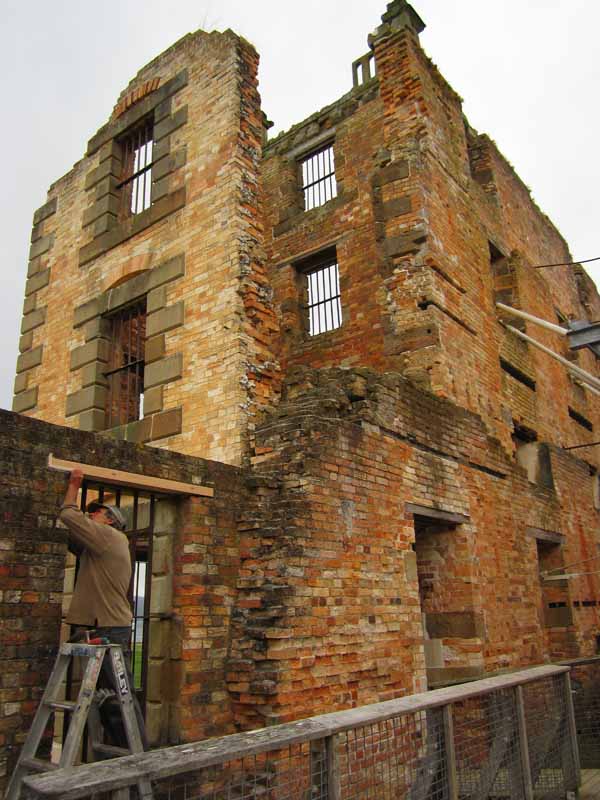
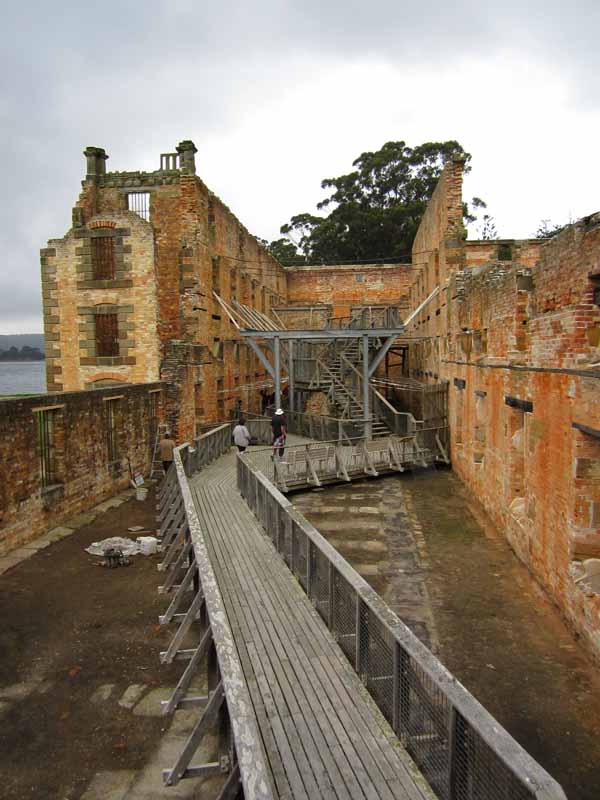
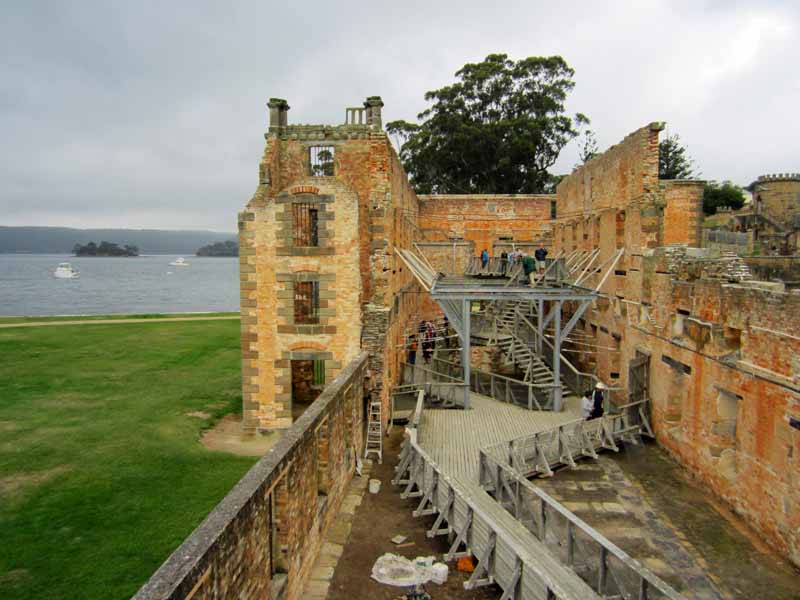
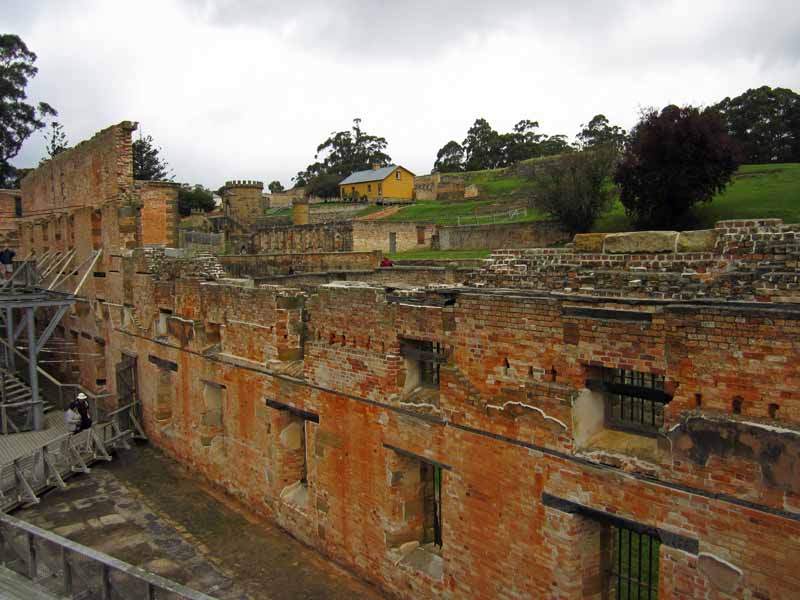

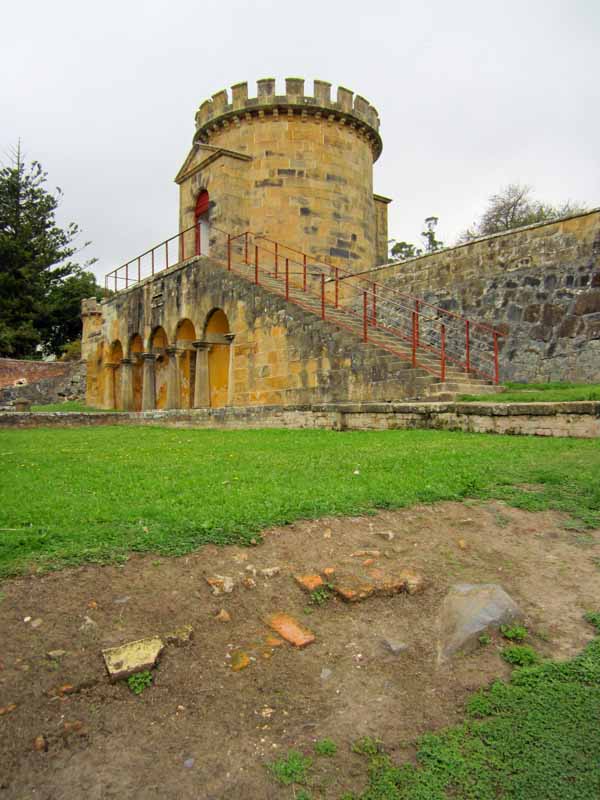

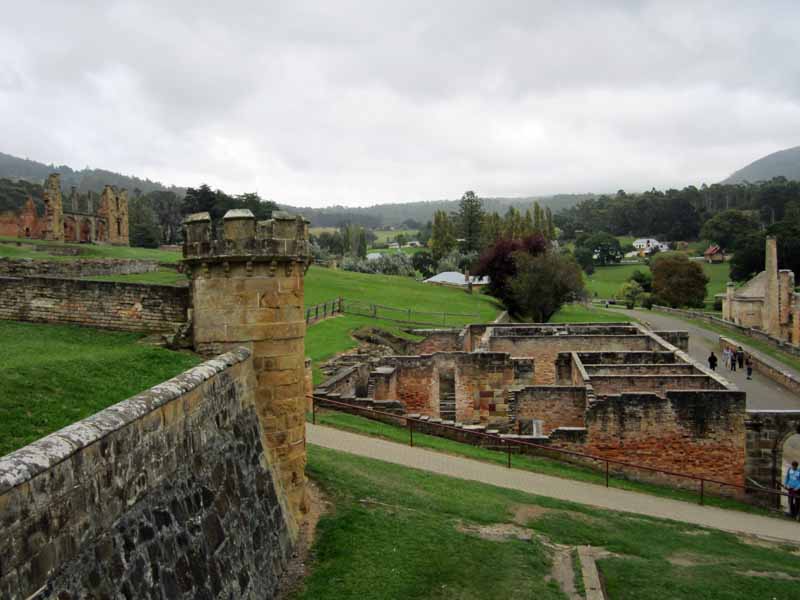
Port Arthur is large and has over 30 buildings to explore including the penitentiary, commandant’s house, officer’s quarters, hospital, Separate Prison, asylum, church, pauper’s mess, and cottages. Many of the buildings were constructed by convicts and they also ran it as a timber station, providing a much-needed resource to Hobart. Convicts could be promoted and demoted, learn new skills, and they managed other tasks including teaching the boys at Point Puer as well as the men in reading and writing, and acting as undertakers at the Isle of the Dead.
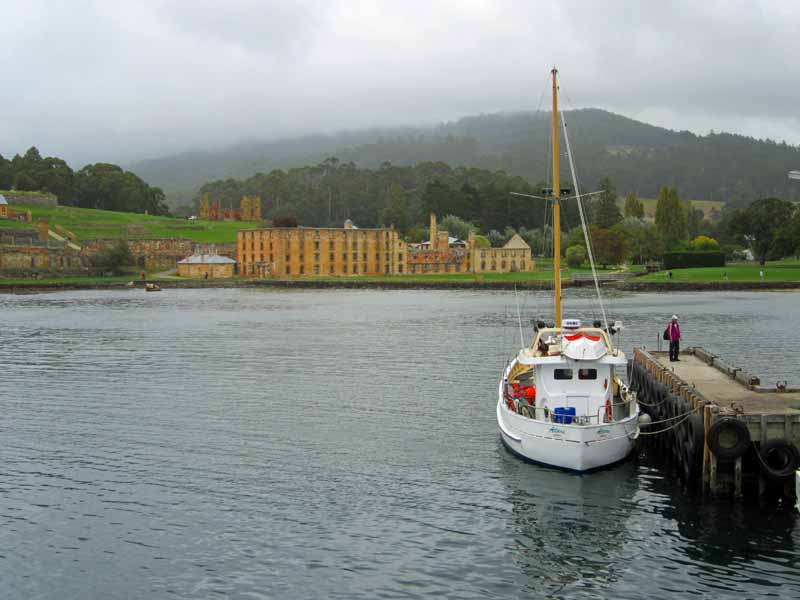
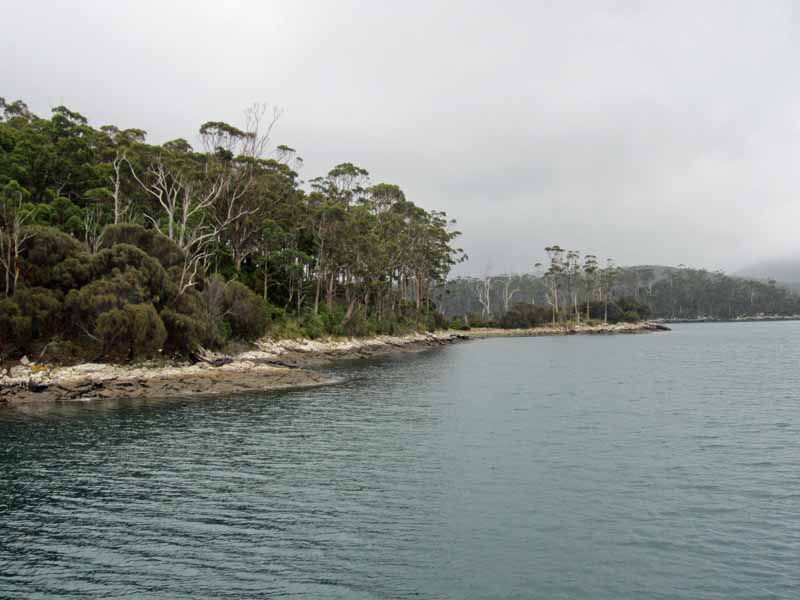
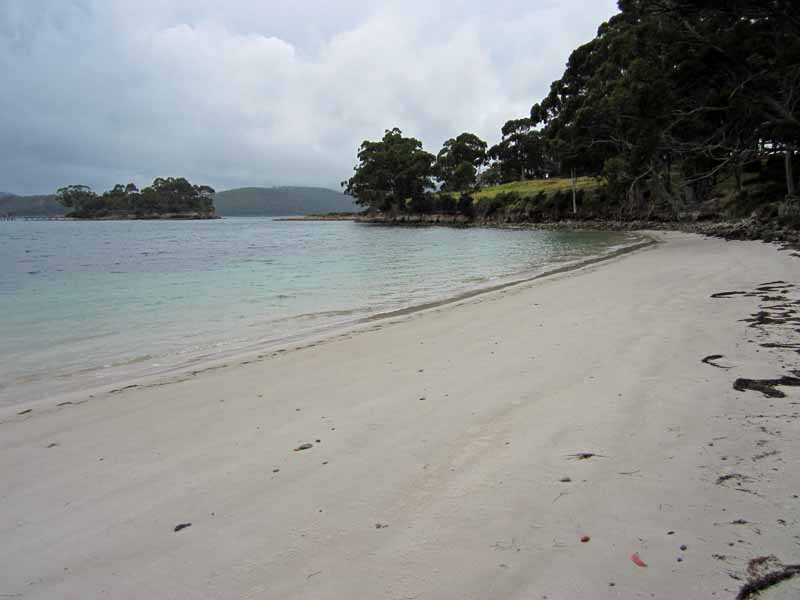
Point Puer is across the harbor from the main settlement. It was for juveniles and boys as young as nine were sent here. Think Artful Dodger and his gang of child criminals from Oliver Twist. The tour guide mentioned one nine-year-old boy had appeared in court 19 times. At least it occurred to someone that boys should be separated from adult convicts and Point Puer was the British Empire’s first boys prison. Nevertheless, like the men, the boys were used in hard labour though they also received some basic education and could learn a trade. There aren’t any buildings left on the island, just stones, some wood bits, and foundations, but there are drawings, photographs, and other records.
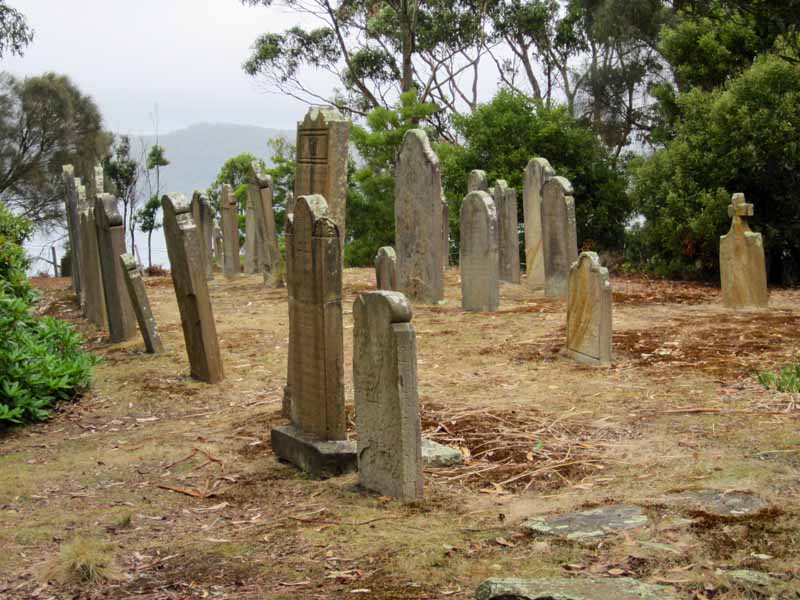
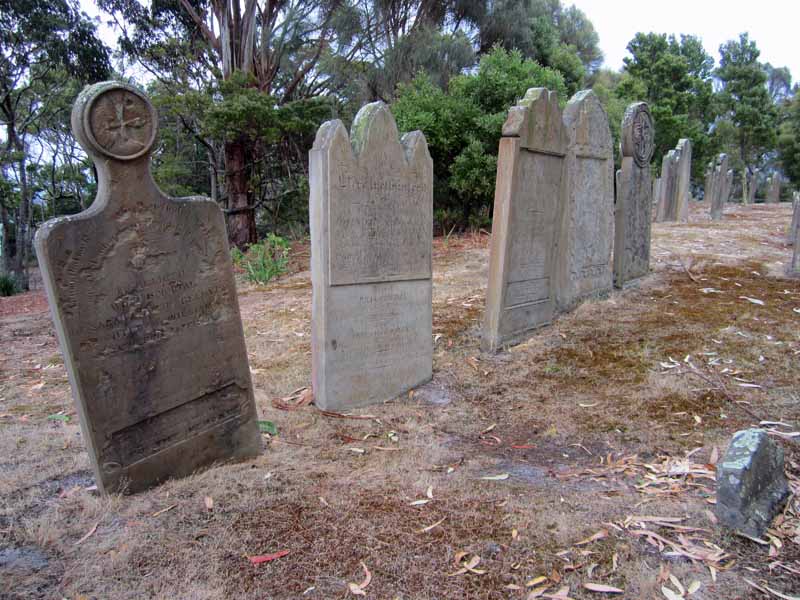
The Isle of the Dead has about 1100 bodies. With a few exceptions, convicts were buried in unmarked mass graves at the bottom of the island. Overseers, officers, and other important officials, as well as their wives and children, were buried at the top of the hill and have headstones, most of which were created by convict stone masons.
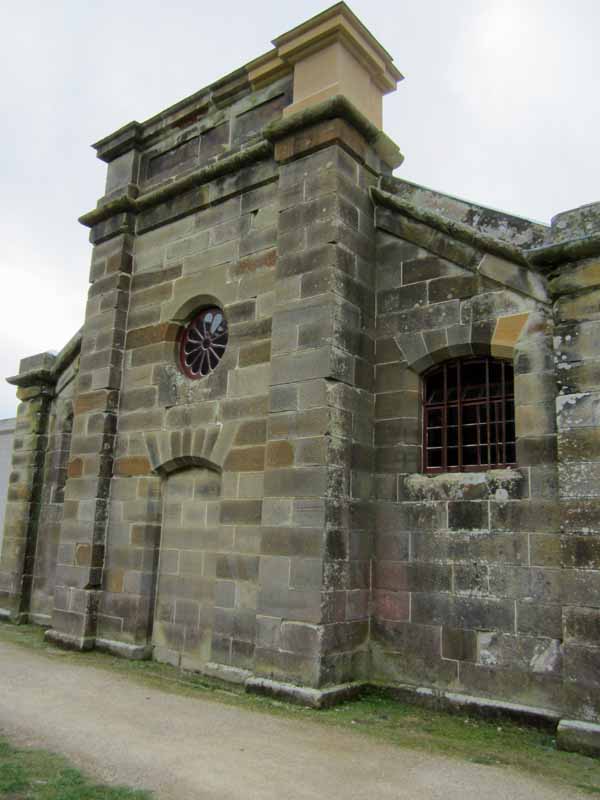
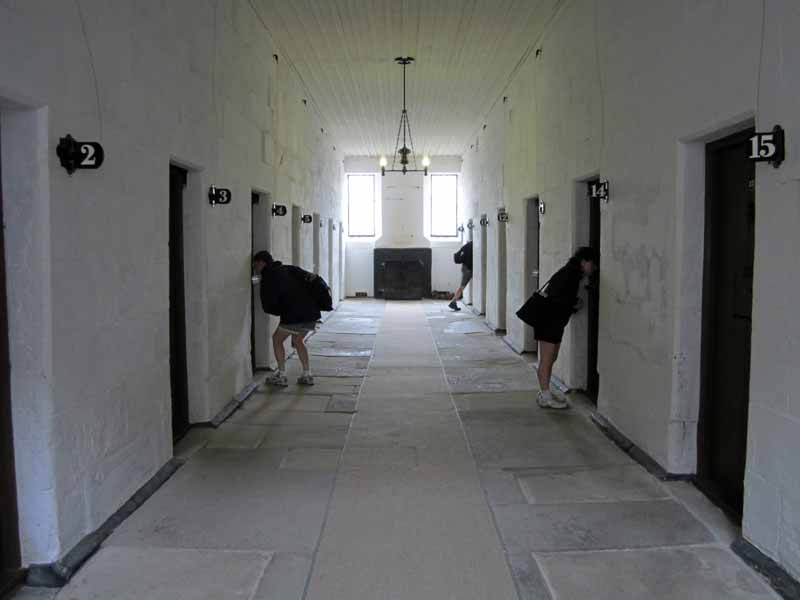
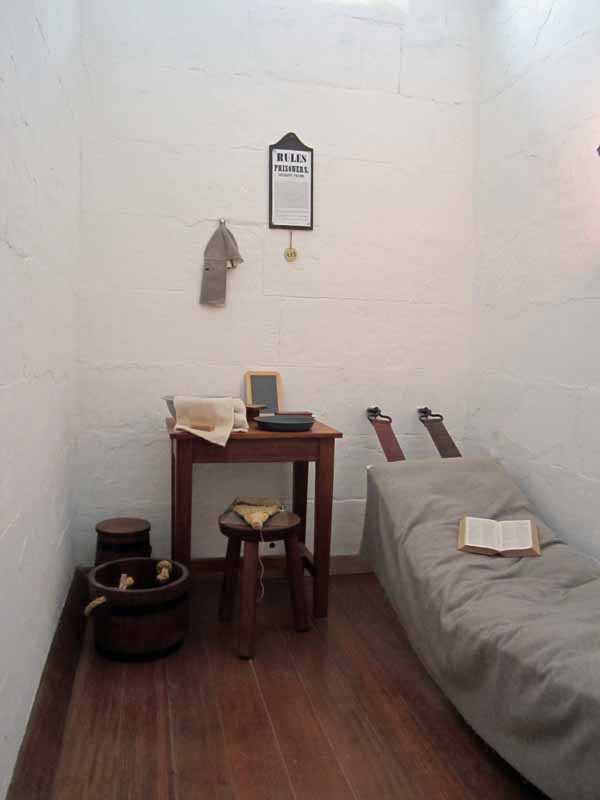
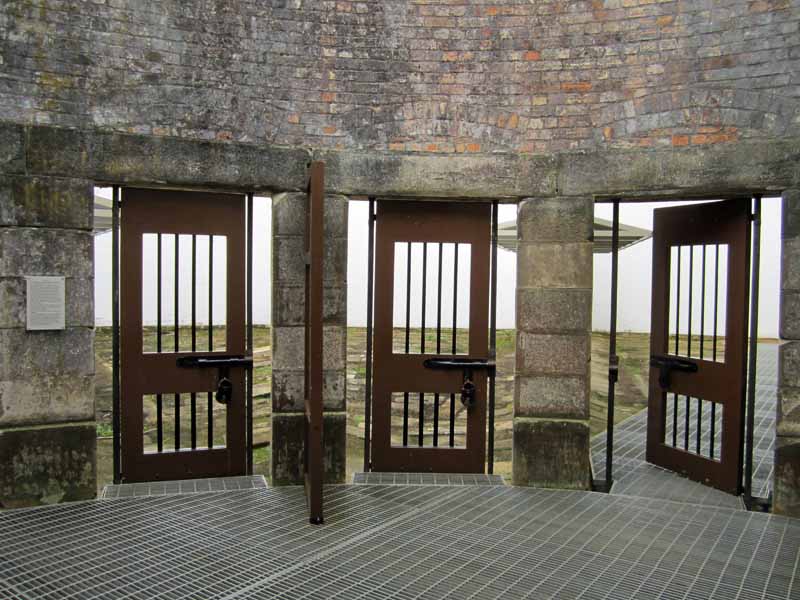

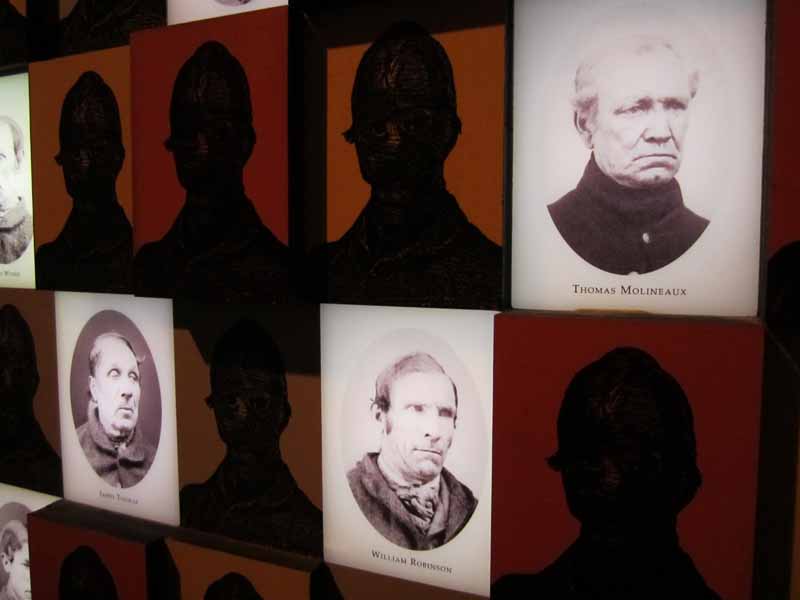
In an important shift in the prison system, Port Arthur established a Separate Prison. When it became widely held that flogging and other forms of corporal punishment only hardened criminals, the Separate Prison was created as a form of psychological punishment aimed at making convicts reflect on their actions. Prisoners were placed in total isolation, hooded, and deprived of sound. Mostly it just drove them crazy.
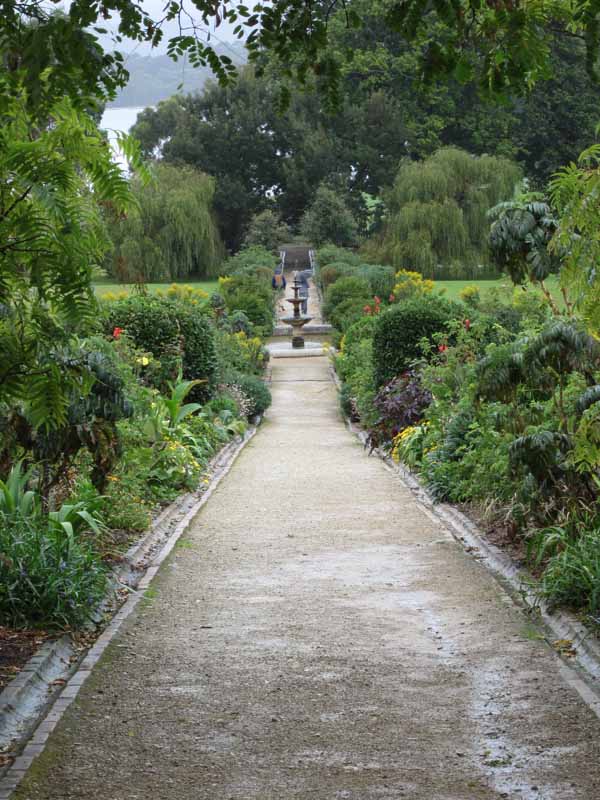
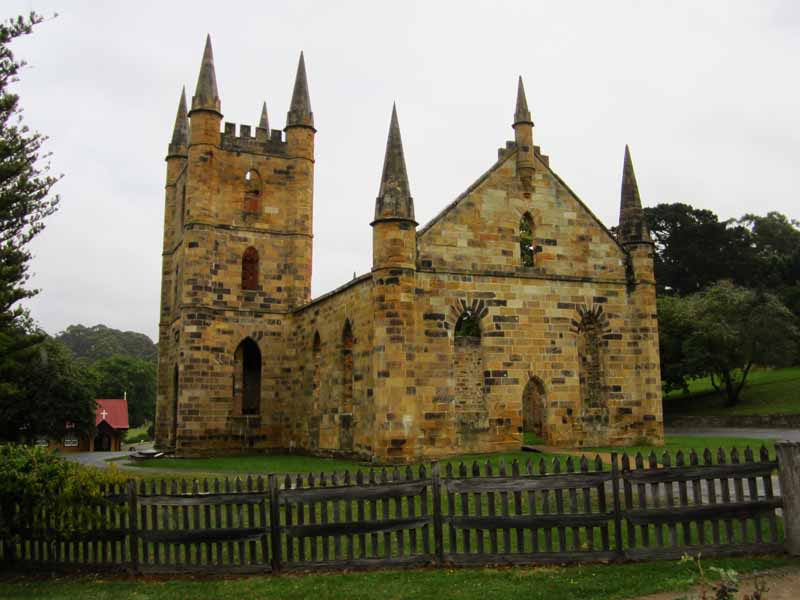
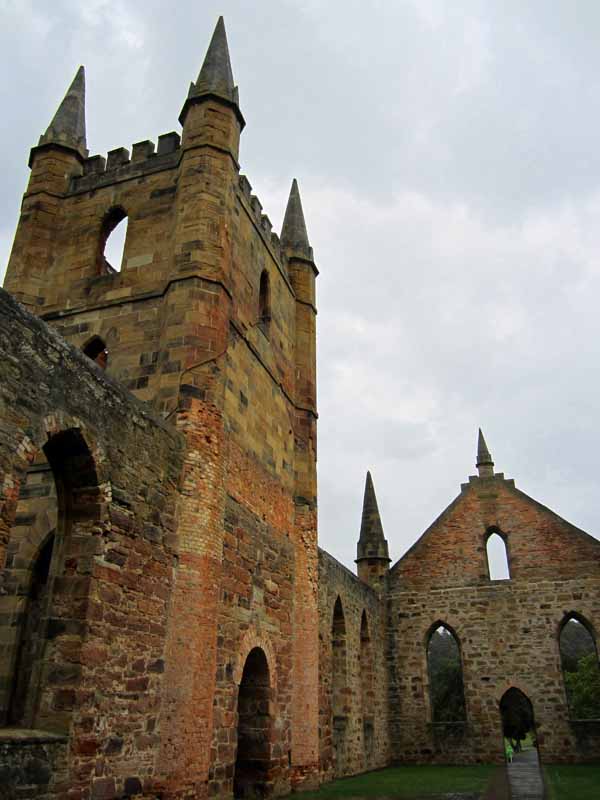
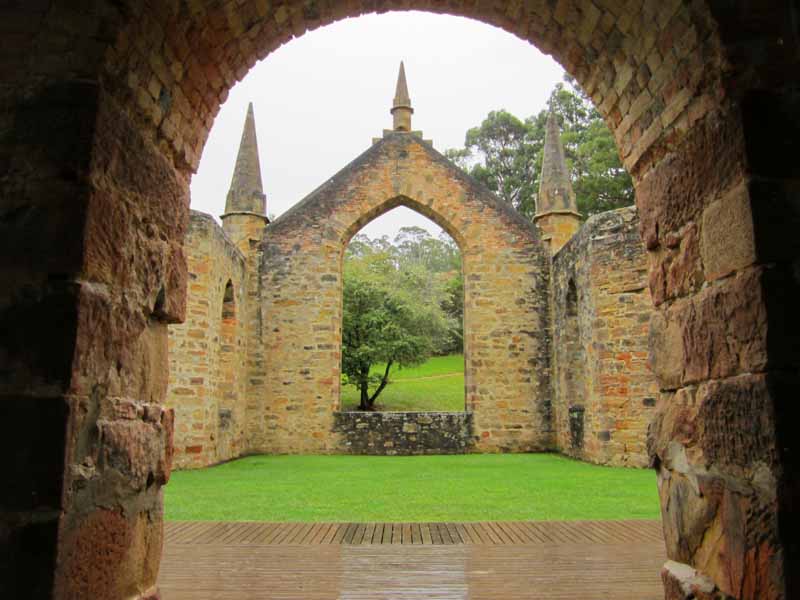
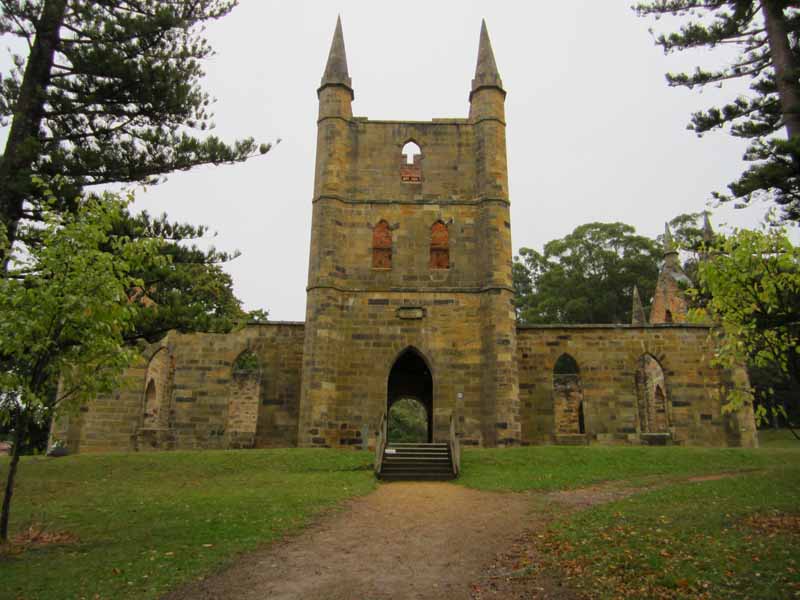


Despite its reputation as a pioneering institution for new and enlightened views and treatment of imprisonment, Port Arthur was a brutal and miserable place. It closed in 1877. Despite destruction, fires, and tremors that left some of the buildings in ruins, the first tourists arrived within 20 years.
In 1996, Port Arthur was the scene of the worst mass massacre in post-colonial Australian history. Martin Bryant, then 28, went on a killing spree, murdering 35 people and wounding 21. He was given 35 life sentences plus 1,035 years without the possibility of parole.
For more information about Port Arthur, visit its website here.
